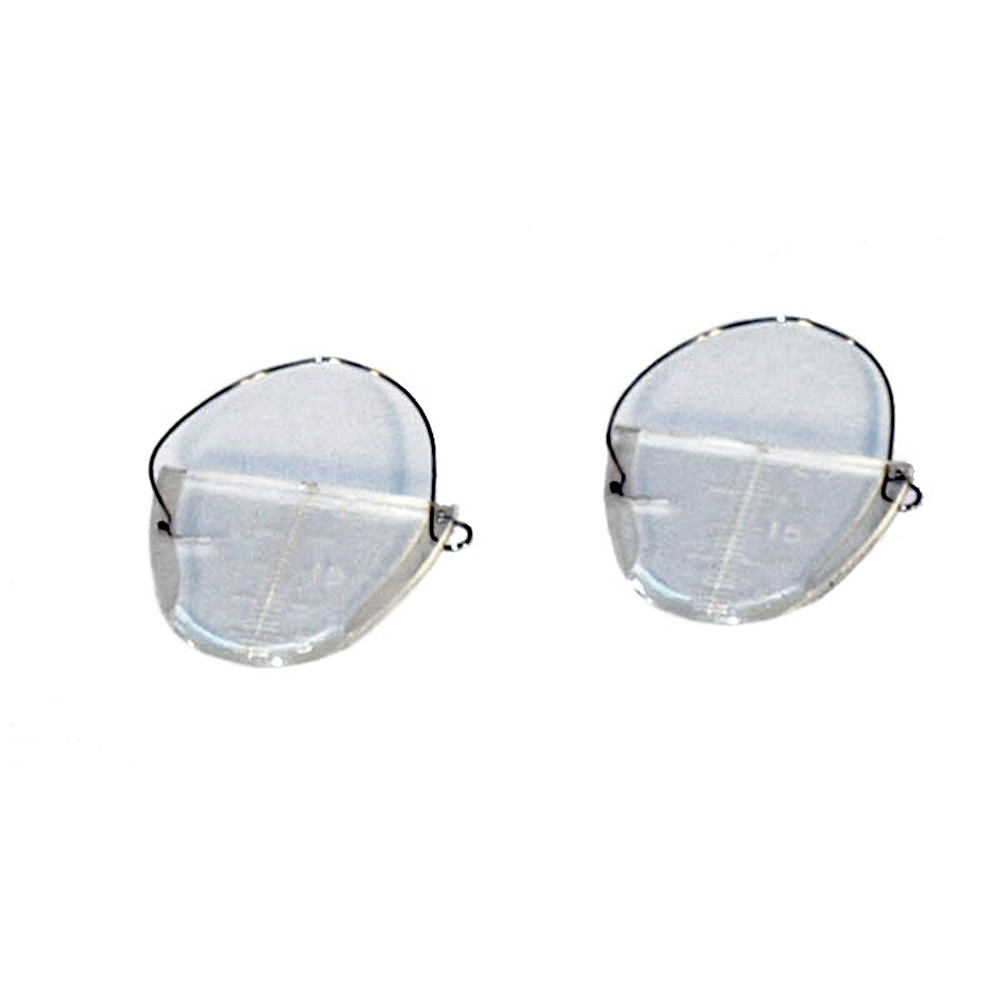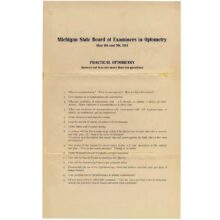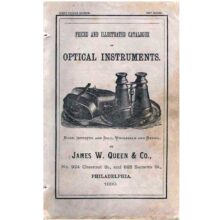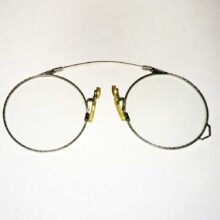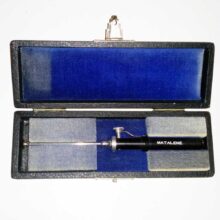This Optical Segment Measure assisted the way opticians fit lenses for glasses. This innovative tool ensures precise measurements, leading to better-fitting eyewear and improved vision for patients. Let’s explore the fascinating world of fitting lenses and how this process enhances your eyewear experience.
The Importance of Proper Lens Fitting
When it comes to eyeglasses, one size does not fit all. Proper lens fitting plays a crucial role in providing clear vision and comfort. First, opticians measure the distance between your pupils, known as the pupillary distance (PD)[1]. This measurement ensures that the optical center of each lens aligns perfectly with your eyes.
The Fitting Process
Frame Selection
The journey begins with selecting the right frame. Opticians consider your face shape, style preferences, and the size of the lenses required for your prescription[9]. They ensure the frame width matches your face, with the space between your temple and the frame no larger than a finger’s width.
Adjusting the Frame
Next, the optician focuses on the frame’s fit. They adjust the temples (the arms that extend over your ears) to sit comfortably without pinching[4]. The bridge of the frame should rest snugly on your nose without sliding down.
Lens Positioning
Proper lens positioning is critical for optimal vision. The optician ensures your pupils align horizontally in the center of the lenses[9]. Vertically, they position your pupils where the mid and top-third sections of the lenses meet.
Advanced Fitting Techniques
Modern technology has enhanced the fitting process. Some opticians use corneal topography to map the shape of your eye’s surface[7]. This detailed information helps in creating lenses that provide the clearest possible vision.
The Final Touch
After fitting the lenses, the optician makes final adjustments to ensure comfort and clarity. They may fine-tune the nose pads or make slight bends in the frame to achieve the perfect fit[10].
Remember, a well-fitted pair of glasses not only improves your vision but also enhances your overall quality of life. So, next time you visit your optician, appreciate the intricate process behind fitting your lenses. Your perfect pair of glasses awaits!
Citations:
[1] https://www.2020mag.com/article/fitting-of-eyeglasses-and-forming-relationships
[2] https://pmc.ncbi.nlm.nih.gov/articles/PMC1413847/
[3] https://spectaculareyewear.net/understanding-the-different-types-of-eyeglass-lenses-a-guide-from-your-optician/
[4] https://artofoptiks.com/eyeglass/2023/08/how-should-eyeglasses-fit-minnesota
[5] https://www.jenoptik.us/products/optical-test-measurement-solutions/optical-shaft-metrology/optical-measuring-systems-automation
[6] https://www.reddit.com/r/optician/comments/aeomtr/laser_etched_t_on_transition_glasses_is_this_new/
[7] https://www.optigrid.io/blog/the-essential-guide-to-prescription-lens-fitting-ensuring-comfort-and-clarity/
[8] https://www.jenoptik.com/products/optical-test-measurement-solutions
[9] https://www.shopko.com/eyeglasses/guide/how-to-make-sure-your-glasses-fit-properly/
[10] https://www.great-glasses.com/blog/step-by-step-process-of-getting-eyeglasses-for-the-first-time.html
These are hemi-elliptical plastic lenses. They are etched with millimeter markings. They have flexible wire which allows the lens to be put into the groove of a frame and allow measurement of segment heights. They appear to be turn of the 20th century but since acrylic lenses were only invented around 1940 they must be more recent than that. The “seg height” is an important measurement when fitting a multifocal pair of glasses such as bifocal, trifocal or progressive.
